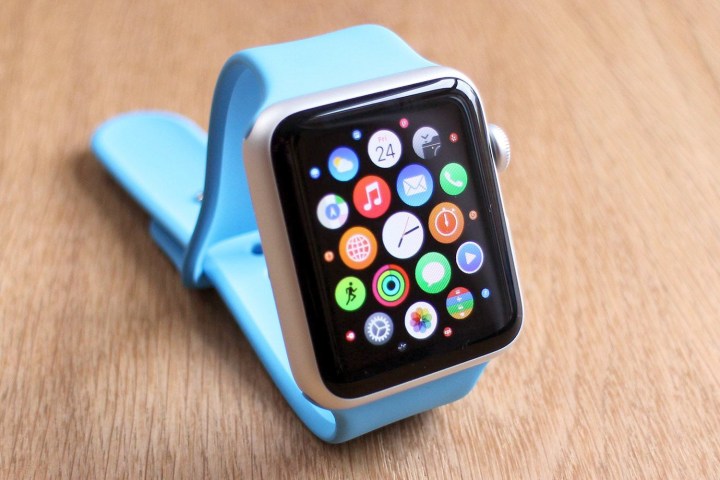
And while we seem to be hearing about a new wearable on a daily basis, none of them have come close to loosening Apple’s death grip on the market. In fact, Juniper notes, the Apple Watch’s “popularity far eclipsed that of rival vendors, with Android Wear shipments comprising less than 10 percent of sales for the year.”
While the Apple device has met with mixed reviews from users (Jeb Bush, for one, thinks it could be simpler and is none too pleased about the lack of battery life), this certainly hasn’t slowed sales of the Watch. Interestingly enough, it seems as though some of the better received and reviewed devices, like Samsung’s Tizen-based Gear S2, have had more trouble gaining traction among consumers. And although Apple’s version is easily the most expensive of available models, people are clearly willing to pay, and are paying in droves.
Despite Apple’s overall success, the smartwatch market as a whole has yet to find its stride. As many users (of Apple Watches and others alike) have complained, these devices seem rather … well, useless. Offering little functionality that doesn’t already exist in another,equally simplistic and accessible device, some have complained that they just seem to have traded one vice for another.
As Juniper notes in its white paper, Smartwatches: Clocking the Trend, “While smartwatches’ most common claim to a use case is to improve convenience and ‘free’ users from their smartphone, several users and reviewers note that this simply shifts the burden of notification to another location, rather than lessening the load.”
As a result, many manufacturers seem engaged in a sort of race to the bottom in terms of price, as offering interesting functions seems to be something of a moot point.
Still, there seems to be a pretty significant opportunity emerging for this relatively new gadget. “The smartwatch is now a category waiting for a market,” said Juniper research author James Moar. ‘Newer devices have offered more polished looks and subtly different functions, but no large changes in device capabilities or usage. With smartwatch functions established, it is now up to consumers to decide if they want them, rather than technology companies providing more reasons.”
Editors' Recommendations
- Apple is about to do the unthinkable to its iPads
- Nomad’s new iPhone case and Apple Watch band may be its coolest yet
- 5 phones you should buy instead of the iPhone 15
- Why you should buy the iPhone 15 Pro instead of the iPhone 15 Pro Max
- iPhone SE 4: news, rumored price, release date, and more


